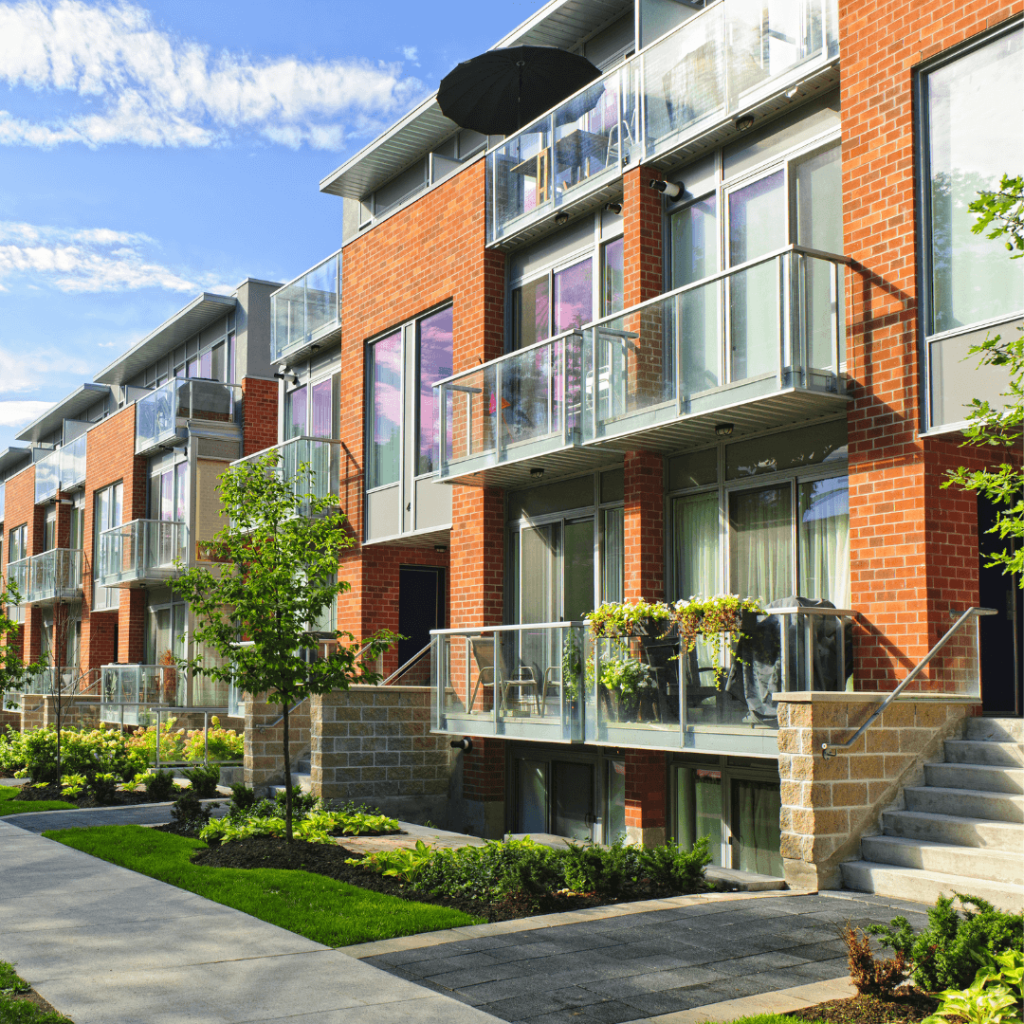Sustainability is a top priority for many Canadians. There are a lot of things that you can do right now to make a difference. Many of these actions have to do with your home.
As the world grapples with the urgent need to address climate change, sustainable living has become a key focus for many individuals and industries. In Canada, the concept of building sustainable homes of the future is gaining momentum. From energy-efficient designs to eco-friendly materials and advanced technologies, the vision of a sustainable home in Canada is rooted in environmental stewardship and energy conservation. In this article, we will explore what the sustainable home of the future looks like in Canada and the innovative approaches that are shaping its construction.

1. Energy-Efficient Design
The sustainable home of the future in Canada prioritizes energy efficiency. It incorporates passive design strategies that maximize natural lighting and ventilation, reducing the reliance on artificial lighting and mechanical cooling systems.
Orientation and window placement are carefully considered to optimize solar gain during winter and minimize heat gain in the summer. Insulation and airtight construction techniques ensure minimal heat loss, while energy-efficient appliances and LED lighting further contribute to energy savings. Additionally, the integration of renewable energy systems such as solar panels or geothermal heat pumps allows homeowners to generate their own clean energy.
Check out: 8 Key Elements In Life That Make Canadians Holistically Wealthy
2. Smart Home Technology
Smart home technology plays a significant role in the sustainable home of the future in Canada. Automation systems allow homeowners to monitor and control energy usage, optimize heating and cooling schedules, and manage appliances remotely. Smart thermostats, occupancy sensors, and programmable lighting systems ensure efficient energy use while providing comfort and convenience.
Additionally, water conservation technologies such as smart irrigation systems and low-flow fixtures help reduce water consumption, benefiting both the environment and homeowners’ utility bills.
3. Eco-Friendly Materials
A sustainable home in Canada embraces the use of eco-friendly materials throughout its construction. From renewable and responsibly sourced wood products to recycled materials like reclaimed wood and recycled metal, builders prioritize sustainable sourcing and minimize environmental impact.
Low VOC (Volatile Organic Compound) paints, adhesives, and finishes are preferred to improve indoor air quality. Insulation materials made from natural fibres or recycled content enhance energy efficiency and reduce carbon footprint. Moreover, sustainable flooring options like bamboo, cork, or recycled materials offer durable and eco-conscious alternatives to conventional flooring choices.
Here are some tips to grow your own food: Sustainable Gardening: How To Grow Your Own Food And Save Money
4. Water Management Systems
In the sustainable home of the future, water management systems are designed to conserve this precious resource. Rainwater harvesting systems collect and store rainwater for non-potable uses such as irrigation and toilet flushing. Greywater recycling systems treat and reuse water from showers, sinks, and laundry for irrigation purposes. Low-flow fixtures and dual-flush toilets help minimize water consumption.
Additionally, landscaping features such as permeable paving and drought-resistant plants reduce the need for excessive watering, while native plantings promote biodiversity and require less maintenance.
Read More: Create Positive Vibes By Transforming Your Living Space Into A Zen Haven
Building the sustainable home of the future in Canada involves incorporating energy-efficient design, smart home technology, eco-friendly materials, and water management systems. By embracing these principles, homeowners can contribute to environmental sustainability while enjoying the benefits of comfortable, energy-efficient living. The future of sustainable homes in Canada is an exciting and essential step towards a greener and more sustainable future.

